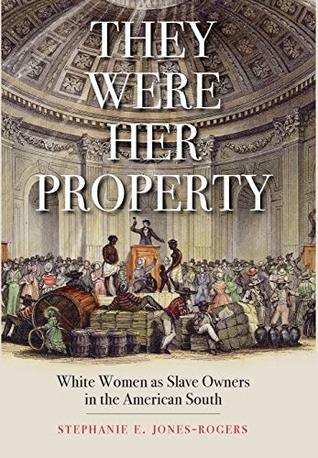Historians of the southern slave market view it as corrosive, corrupting, sexually charged, and brutal, and many claim that it was considered too abhorrent a place for white women to visit. But when women chose to hire, buy, or sell enslaved people in or near their homes and beyond the formal marketplace, they were not avoiding the “perceived sexual and social disorder” associated with these markets; the plantation landscape was itself marked by that disorder.
Welcome back. Just a moment while we sign you in to your Goodreads account.


